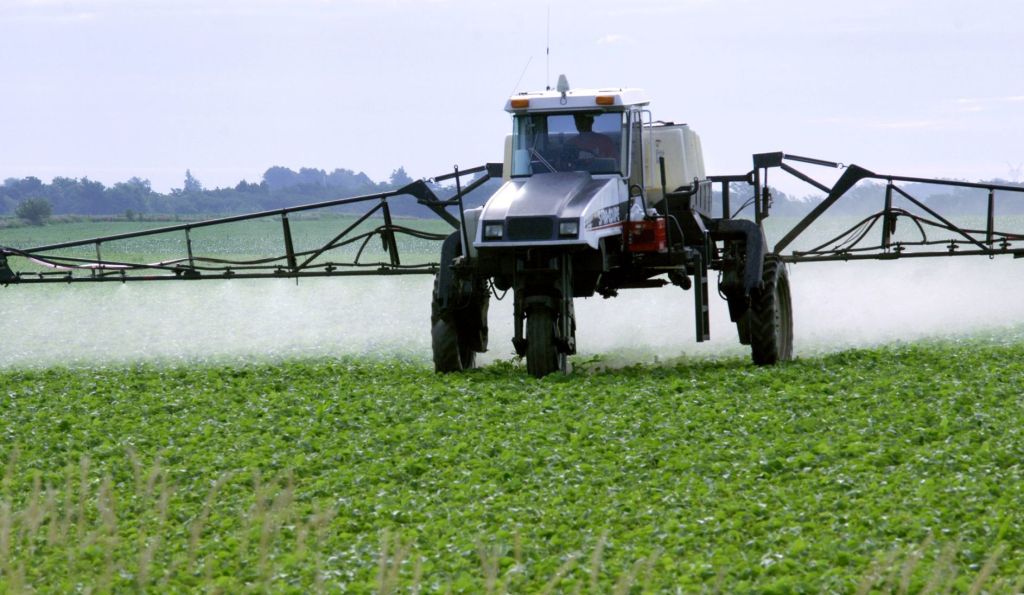EPA agrees to work with USDA on pesticide regulations
Published 6:15 pm Sunday, February 11, 2024

- The Environmental Protection Agency and USDA have signed an agreement to work together on pesticide regulations.
The Environmental Protection Agency will try to align its new pesticide regulations with USDA conservation standards, according to an agreement between the agencies.
Trending
The agreement signed Feb. 6 responds to criticism, including from the USDA, that the EPA’s vulnerable species pilot project and herbicide strategy rolled out last summer would be impossible for farmers to comply with.
The EPA said in a statement Thursday that working with the USDA will help it safeguard endangered species from pesticides while keeping crop-protection products in the hands of farmers.
According to the agreement, the EPA will identify Natural Resources Conservation Service practices that will count toward protecting endangered plants, fish and wildlife. The EPA did not commit to embracing all NRCS practices.
Trending
Brigit Rollins of the National Agricultural Law Center said Friday the agreement sheds light on how the EPA will coordinate its regulations with farmers’ existing practices.
“The guidance document has the potential to be really important in letting us know which NRCS conservation practices will fulfill those labeling requirements and, perhaps even more crucially, which ones won’t,” she said.
“EPA has been saying from the beginning that they were planning on allowing farmers to use at least some of NRCS conservation activities to help them meet the new pesticide label requirements, so it’s good to see them following through on that,” she said.
Fallout from ‘megasuit’
The EPA committed itself to the vulnerable species pilot project and herbicide strategy in settling the pesticide “megasuit.” Environmental groups claimed the EPA was failing to comply with the Endangered Species Act.
The EPA admitted it was impossible to individually evaluate thousands of pesticides. The EPA pledged to introduce broad-based rules to keep pesticides from drifting or running off farm fields and hurting endangered species.
The EPA’s first initiative, the vulnerable species pilot project, proposed prohibiting or nearly prohibiting pesticides on more than 100 million acres in 29 states to protect 27 endangered species.
State agriculture departments, farm groups and soil scientists joined the USDA in criticizing the proposal. The EPA announced in November it will revise the pilot project.
The USDA also had sharp criticism for the herbicide strategy, which proposes farmers tally up “mitigation points” before applying pesticides.
The USDA warned that accumulating enough mitigation points would be impossible in some places and merely impractical in others.
Mitigation measures such as large buffers and reduced application rates could unintentionally hasten the conversion of farmland into uses less friendly to endangered species, the USDA said.
The EPA defended its approach by arguing that impatient judges were poised to ban certain pesticides entirely. The agency also said the restrictions would be gradually introduced.
The USDA acknowledged the incremental nature of the herbicide strategy, but said the EPA was fundamentally changing how pesticides are regulated and that the cumulative impacts to agriculture will be great.
The USDA suggested EPA’s efforts to protect species would be more effective by engaging with farmers and others. The new agreement commits the agencies to working together to explain the regulations.
As part of the court settlement, the EPA also will propose strategies for insecticides, fungicides and rodenticides.









